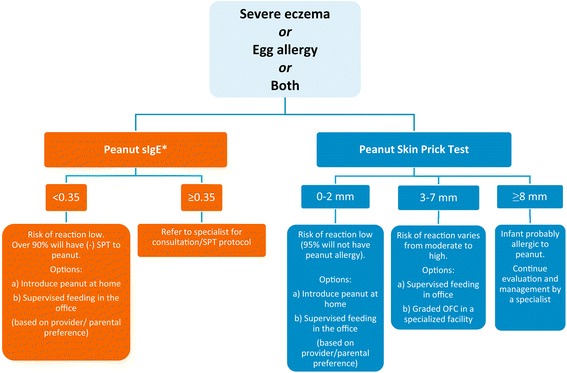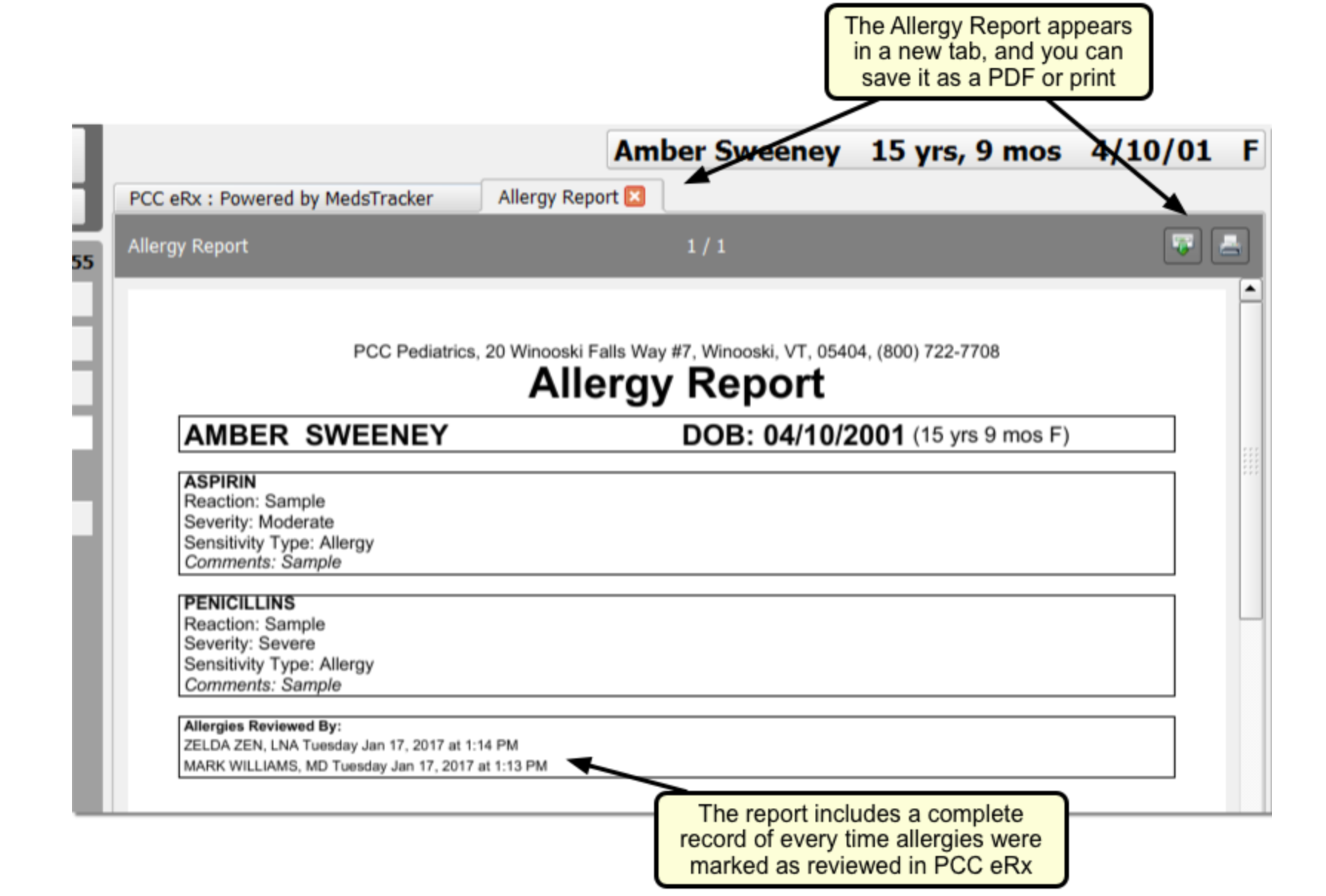Occurrences of childhood food allergies have increased in western countries over the last 10 to 15 years, suggesting a remarkable tripling of cases in American children since the turn of the century. With one out of every fifty kids affected by the most common allergy, peanuts, both awareness and anxiety are spreading among young families and communities, especially with new guidelines for early introduction that seem the complete opposite of past advice. How can pediatricians help families at risk for allergies, and what are the latest AAP guidelines?
Early Introduction, A History
In 2000, the AAP’s guidelines were far from recommending early introduction of allergens. They advised that young children at risk of peanut allergy or another allergen should not be introduced to allergens until they were older, even avoiding nuts and fish until age 3.
In 2015, the LEAP trial found that early introduction could reduce allergy risk in infants by as much as 81%. Shortly thereafter, the AAP officially recognized early introduction to peanuts as its policy, with guidelines following in 2017: Addendum Guidelines for the Prevention of Peanut Allergy in the United States from the National Institute of Allergy and Infectious Diseases.
Did you know? An observation that Israeli children had a lower rate of peanut allergy led to the discovery that Israeli children are introduced to foods containing peanuts as early as 7 months. This information in part led to the LEAP trials, which changed the way pediatricians treat allergies -- promoting early introduction of potential allergens in babies instead of avoidance.
Current AAP Allergen Guidelines
The new recommendations from the AAP mean that early introduction of allergens, at least of certain ones like peanuts, are safe and manageable for parents at home or pediatricians in the office. These recommendations may not prevent food allergy in all patients, but is an important first step in a long term care plan for high risk infants.
Need a refresher for yourself or for worried parents? It all starts with eczema and/or egg allergy. These guidelines are sourced from Addendum Guidelines for the Prevention of Peanut Allergy in the United States from the National Institute of Allergy and Infectious Diseases.
- Infants with severe eczema and/or egg allergy should consider early introduction of peanut. Pediatricians are advised to “Strongly consider evaluation by [peanut] sIgE measurement and/or SPT” to determine an appropriate time and method of peanut introduction.
- Patients with mild-to-moderate eczema and/or egg allergy are recommended to introduce peanut-containing foods at around 6 months.
- Patients without eczema or food allergy can introduce peanuts according to family and cultural preferences.

Guidelines from the NIH Addendum Guidelines for the Prevention of Peanut Allergy in the United States.
FAQ for Pediatricians Creating an Allergy Care Plan
How should an allergy care plan proceed with high risk patients?
If a patient appears to have a high risk for peanut or another allergy, working with an allergy specialist may be the best course. When introducing peanuts or other allergens, determining the risk of reaction is important, but also important is the family’s feelings towards the treatment. Introducing peanuts at the office may be reassuring enough for parents to easily transition to providing supervision of consumption at home. Peanut products can be mixed into solid foods like cereals or with water.
How much peanut is acceptable for patients to be introduced to?
The Addendum recommends that “per week [consumption] should be approximately 6 to 7 g over 3 or more feedings”. As the patient grows older, regular peanut consumption can be evaluated as the reactions or lack thereof are observed.
Should pediatricians advise pregnant and nursing moms to consume allergens like peanuts?
Yes! There is no indication that consuming allergens cause harm to an unborn or nursing infant, presuming of course the mother is not allergic herself.
In addition, subsequent pregnancies and siblings should be evaluated if an allergy is suspected, and the parents counseled on the benefits of early introduction to allergens, even if another family member has an existing allergy. Older children with allergies should have subsequent care, such as Epipen or another strategy, in place.
Are there medications for allergies?
As of January 31st 2020, the FDA has approved the first drug to treat pediatric peanut allergies in children from age 4 to 17. Epinephrine is still recommended to be on hand in case of a reaction.
At-Home Allergen Products
There are several products on the market to help pediatricians and parents introduce allergens to infants, from mix-in powders to meals and snacks. While some products are approved by the FDA, parents should be advised that guidelines for allergens besides peanuts are not yet available.
Parents may choose these products for a convenient option, but they are usually more expensive than, for example, peanut butter, which is more readily available. There is no evidence that allergy supplements are more effective than a balanced diet for introducing allergens to children. Other options for at home introduction include thinning peanut butter or peanut flour with water and cereal. Guidelines for introduction from the National Institutes of Health are available here.
How Your EHR Can Help
Tracking allergies in your EHR can help keep this important information front and center as you treat patients and prescribe medications.
PCC’s EHR has two allergy components -- one for prescription allergies and one for non-drug allergies. You can see the allergies in the patient’s chart, but additional customizable alerts and warnings appear when prescribing medications. You can also choose which allergies to display in patient-facing reports and on the portal.

Want more information on PCC EHR’s allergy functionalities? Check out the article on PCC Learn.
Ever thought of creating a video to explain peanut allergies to attract and educate patients and families? Video and marketing are two of the concepts discussed in a dual-hosted webinar by PCC’s Chip Hart and Dr. Todd Wolynn of KidsPlus Pediatrics in Pennsylvania.
See the webinar, "How to Succeed as a 21st Century Physician" to hear their recommendations for bringing your patient outreach, engagement, and growth goals to the 21st century!
____________________________________________________________________________



